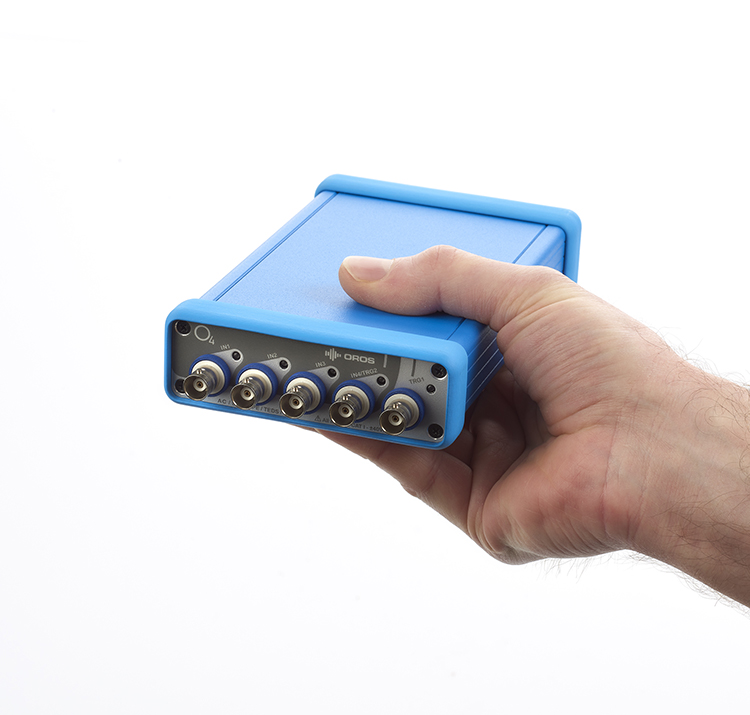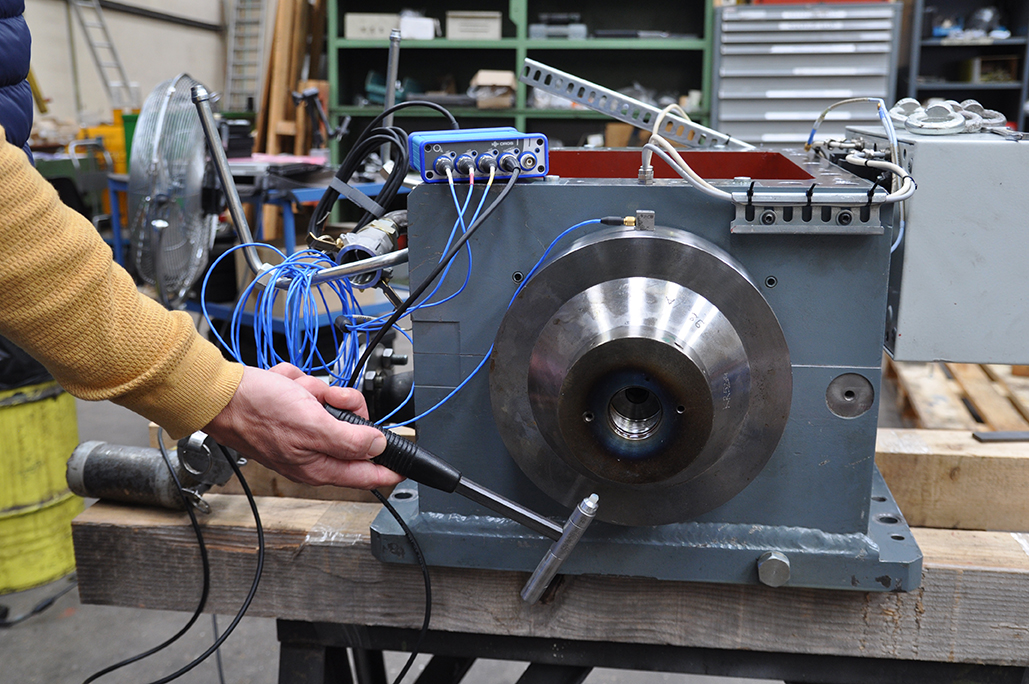A bump test is a type of vibration test which allows identification of the natural frequencies, or resonances, of the machine under test. Characterizing the structural response enables the design optimization of the machine, or the control of the operating conditions to avoid resonant responses which may cause destructive vibration levels. A typical application is performing bump test on generator stator end windings, identifying specific areas of concern and taking corrective actions to prevent entire rewind of the generator stator.
The test object is usually excited by a hammer or an impact hammer, whose tip has an integrated force transducer measuring the force put into the structure, and the response of the object is measured by one or more accelerometers. Frequency response function (FRF) is often computed from the response (output) and excitation (input), which is a complex signal with Magnitude/Phase, or Real/Imaginary information.
The collected data can be used to identify the natural frequencies, and can also be further processed to animate the operating deflection shapes (ODS) of the test object and/or estimate its modal parameters. Often the data are measured at multiple points, with the acquisition route and settings being defined in advance in an Excel file, so that the measurement can be tracked using the automatic node path sequencer.




